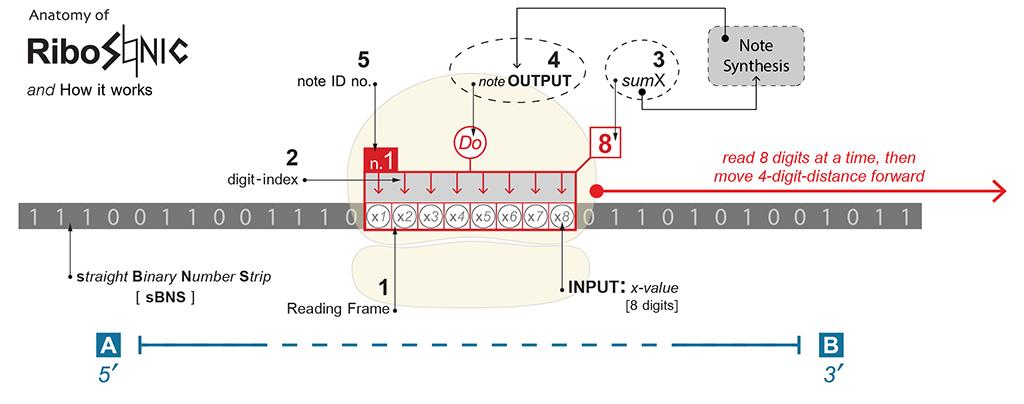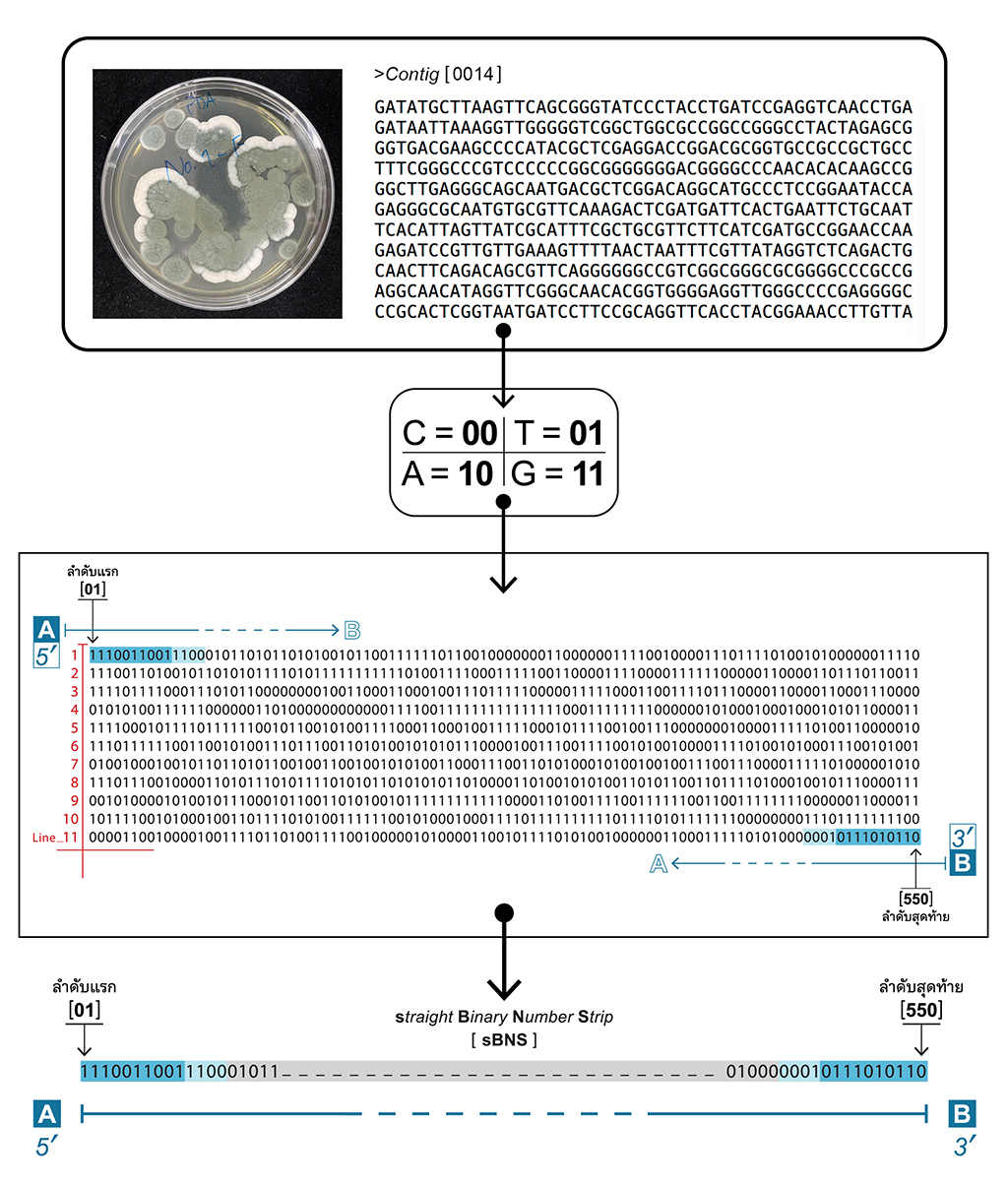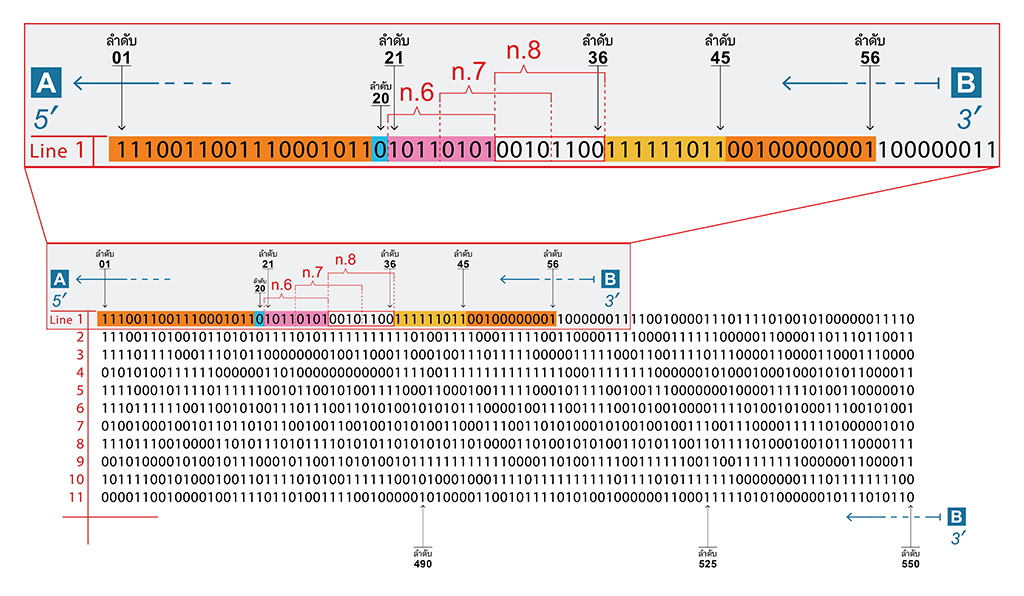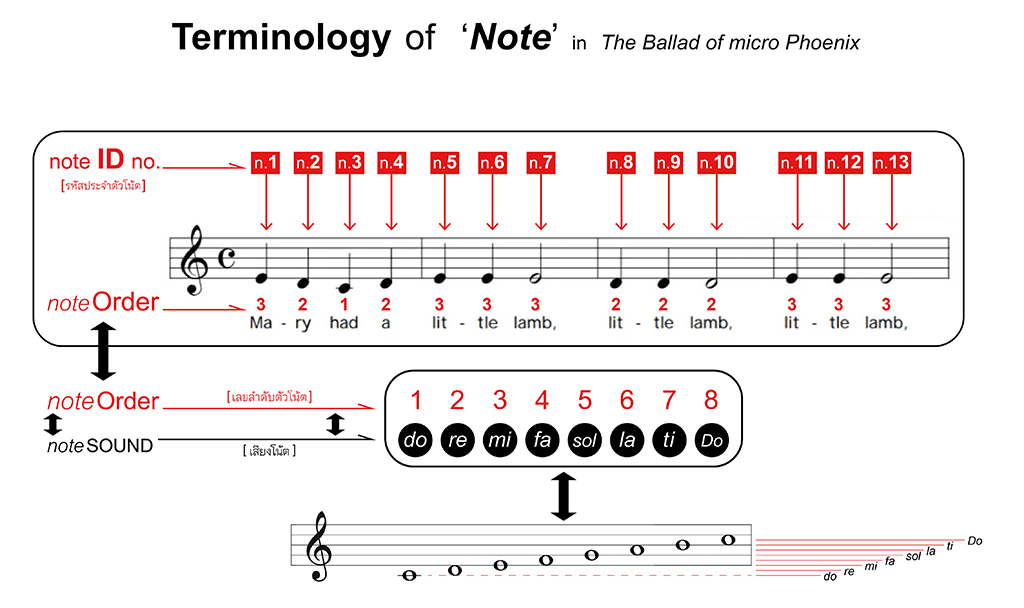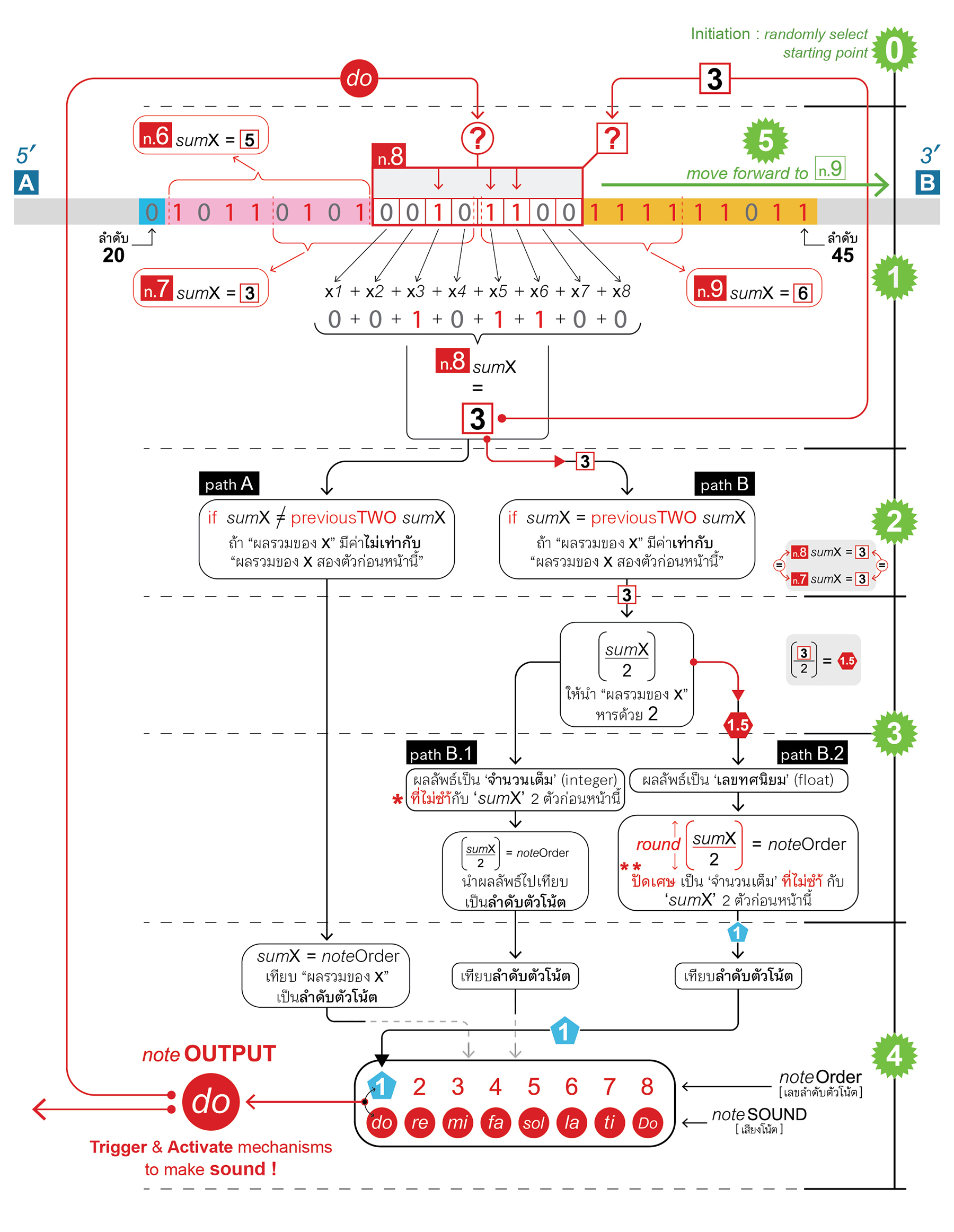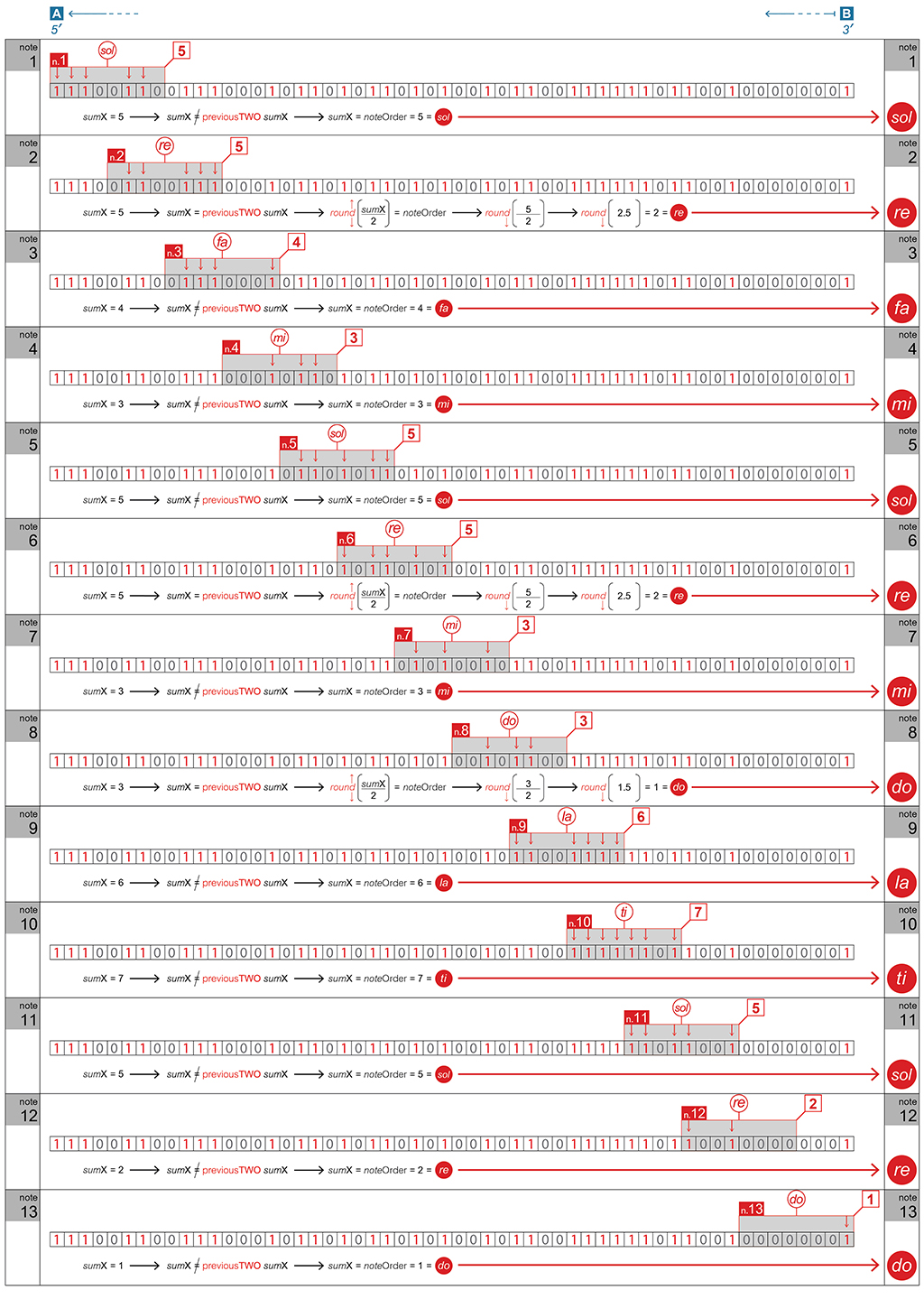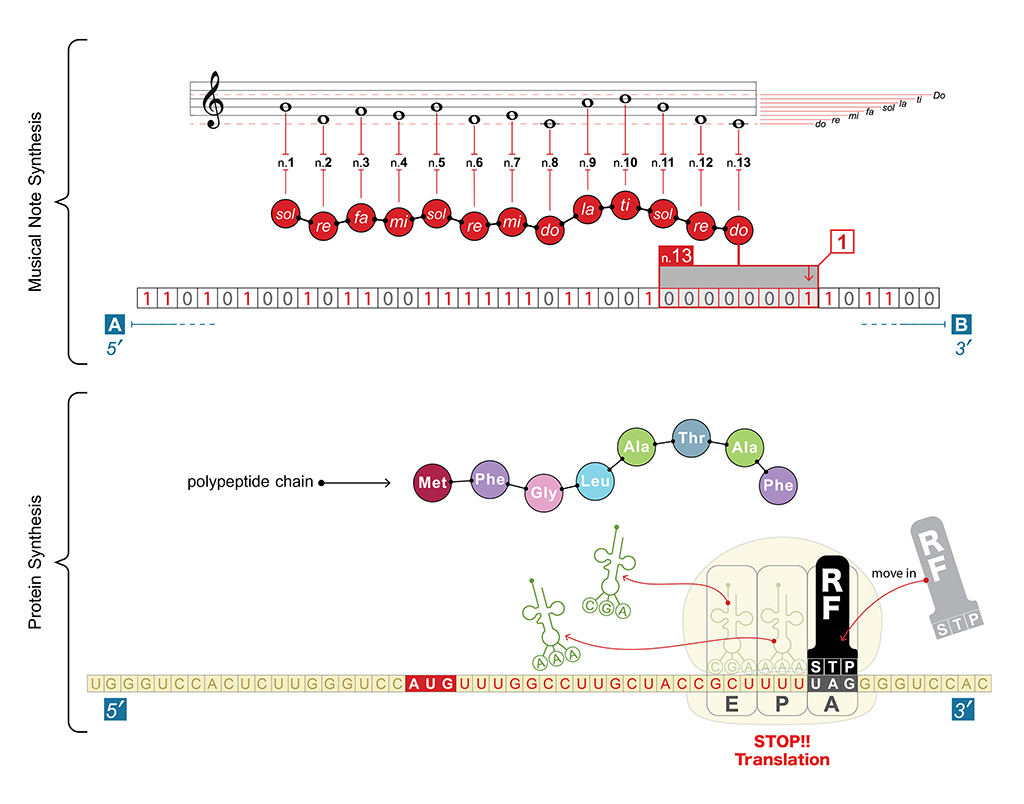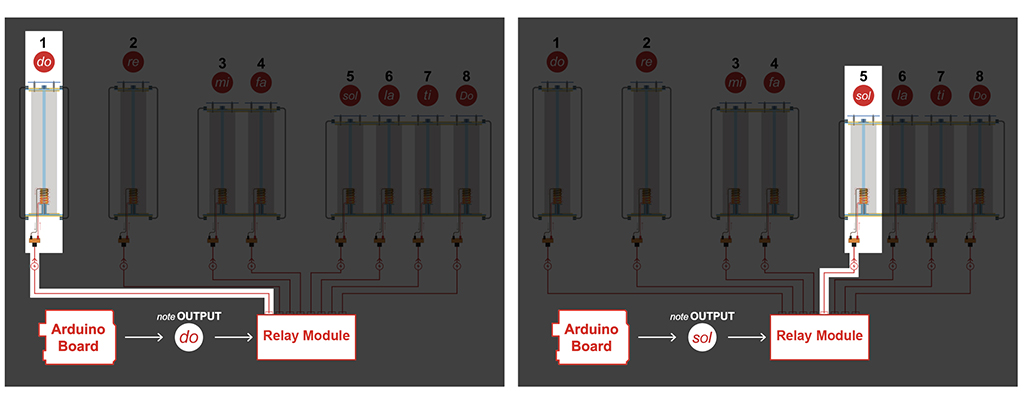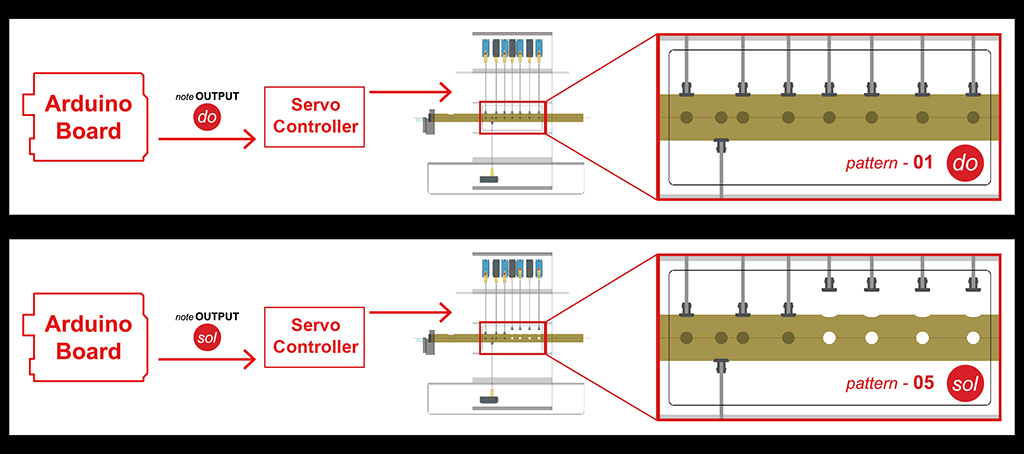This page is under construction.
“The Ballad of Micro Phoenix,” is a multimedia project harnessing life’s language, the DNA sequences drawn from microbes inhabiting fire-ravaged zones in Chiang Mai, Thailand. These sequences of A, T, C, and G served as primary mediums for crafting kinetic sculptures manifesting as experimental musical instruments in diverse forms.
Upon completing the DNA sequencing process, the biological data, expressed as strings of A, T, C, and G, was undergone digitization and transmuted into musical note patterns. Employing electromagnetic field and air pressure, this digital information animates mechanisms within the kinetic sculptures, orchestrating an unconventional auditory fusion from each instrument.
This project germinated from two fundamental inquiries. Firstly, do non-human entities like microbes or fungi possess the capacity to observe, absorb, and encode occurrences within their biological structures? Secondly, how can humanity decrypt and interpret the embedded messages in these microorganisms, akin to living vessels preserving memories and histories of their habitats?
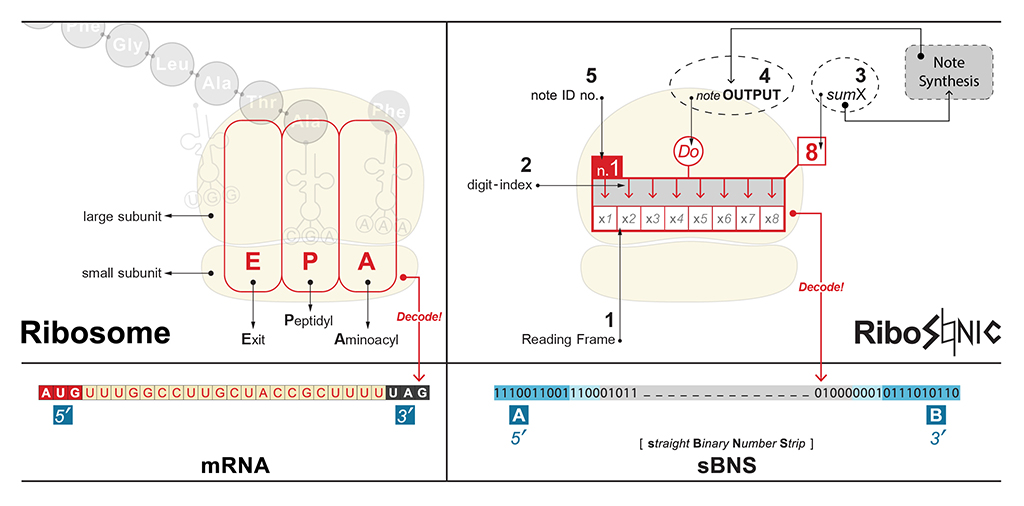
The conceptual design of the algorithm called “Ribosonic,” that drives the movement mechanism and generates sound in the artwork, draws inspiration from the protein synthesis process in living cells, involving the intricate interplay between ribosomes, transfer RNA (tRNA), and messenger RNA (mRNA), which acts as a transcribed blueprint from the DNA template.
In this process, ribosomes ‘translate’ or ‘read’ sequences of bases formed by Uracil, Cytosine, Adenine, and Guanine in mRNA three bases at a time, known as a codon. These codons pair with complementary base sequences (anticodons) in tRNA, each carrying a specific amino acid. Ribosomes continuously translate these sequences, forming a chain-like structure from the linked amino acid molecules, known as a polypeptide chain, which later transforms into various proteins. Although there are 64 possible codon combinations, they synthesize only 20 different amino acids.
In the synthesis of musical notes for “The Ballad of Micro Phoenix,” base sequences consisting of Cytosine, Thymine, Adenine, and Guanine from the DNA of five types of fungi collected from Chiang Mai forests affected by wildfire crises in mid-2023 were converted into binary sequences (‘0’ and ‘1’). These long binary strips, called sBNS (‘stretched’ or ‘straight’ Binary Number Strip), function analogously to mRNA. Ribosonic reads eight binary digits from the sBNS at a time, similar to ribosomes reading base sequences in mRNA, and sums them into a value termed ‘sumX.’
This ‘sumX’ is then processed through a specially designed logical computation to generate a set of commands that control the movement mechanism, producing musical notes across an octave range (do, re, mi, fa, sol, la, ti, Do’) installed within both artworks. Unlike biological protein synthesis, Ribosonic’s sound synthesis is continuous, looping as long as electrical current flows through its electronic circuits. Moreover, the melody generated by Ribosonic in each cycle is unique, as the starting point of binary sequences on the sBNS is randomly selected by the algorithm. (please scroll down to see more diagrams and details about Ribosonic)
Information about this project on Nakanojo Biennale’s website can be found >> HERE

Documentation Video :

Installation Views :
Photo by : Kazuyuki Miyamoto

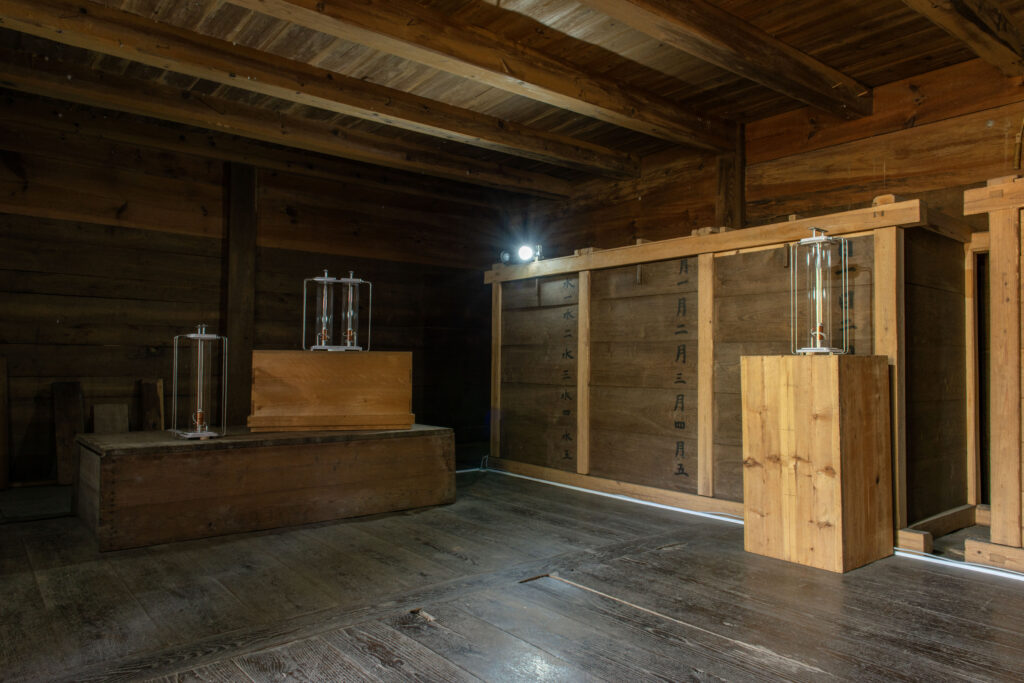
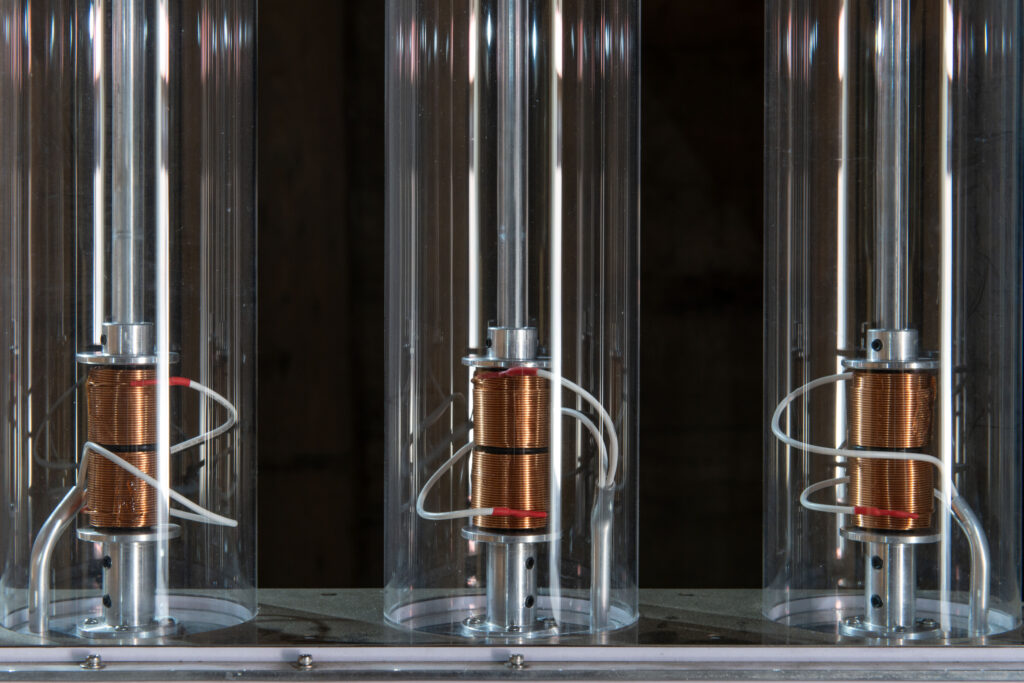
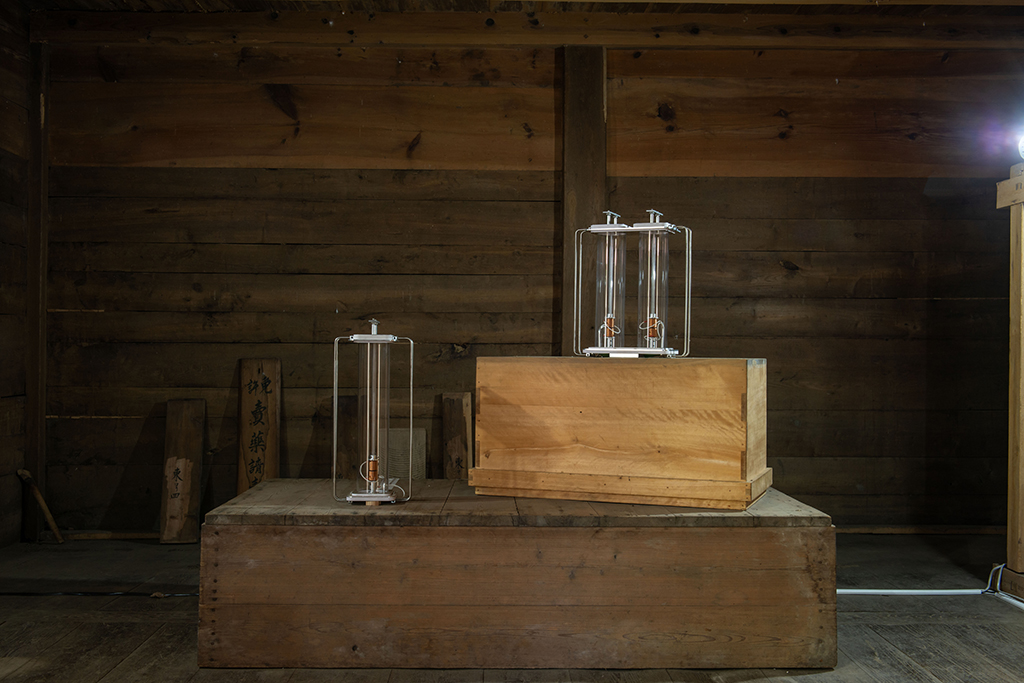
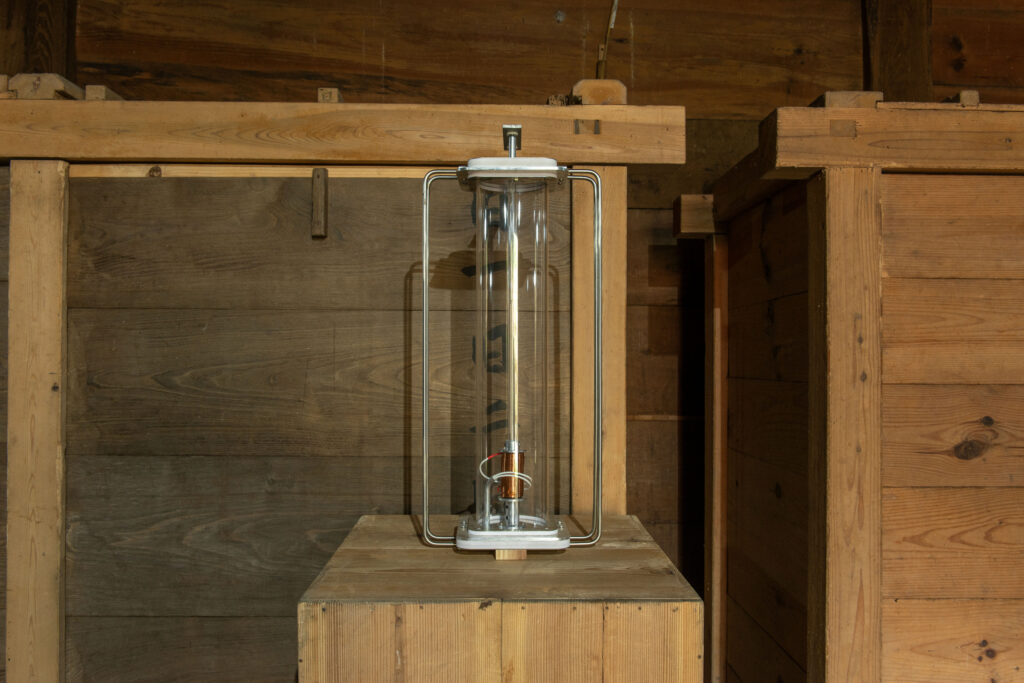
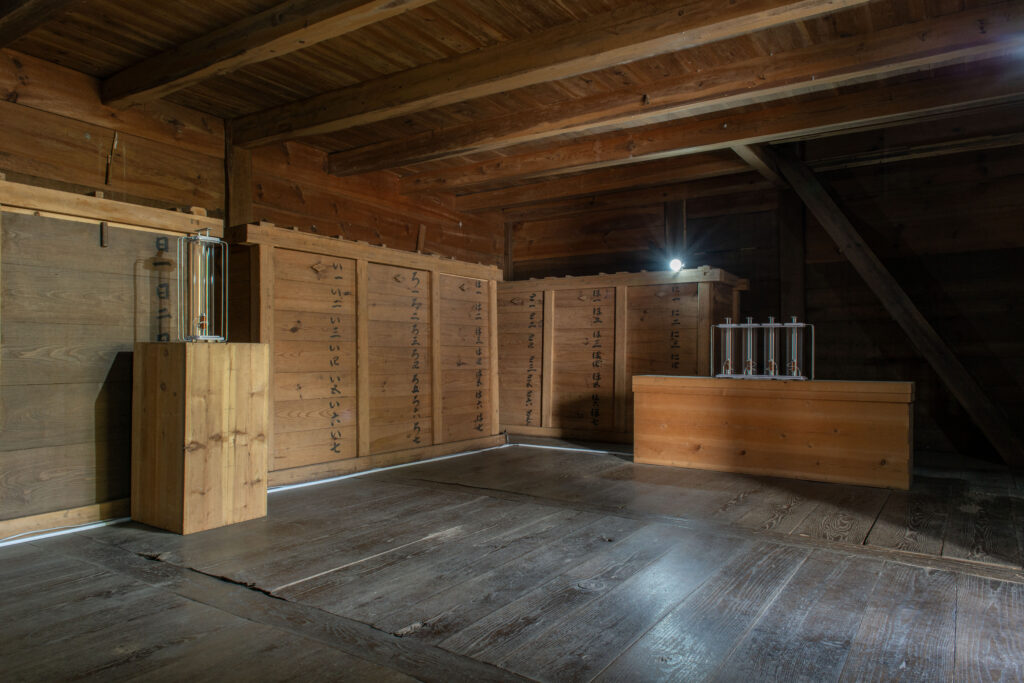
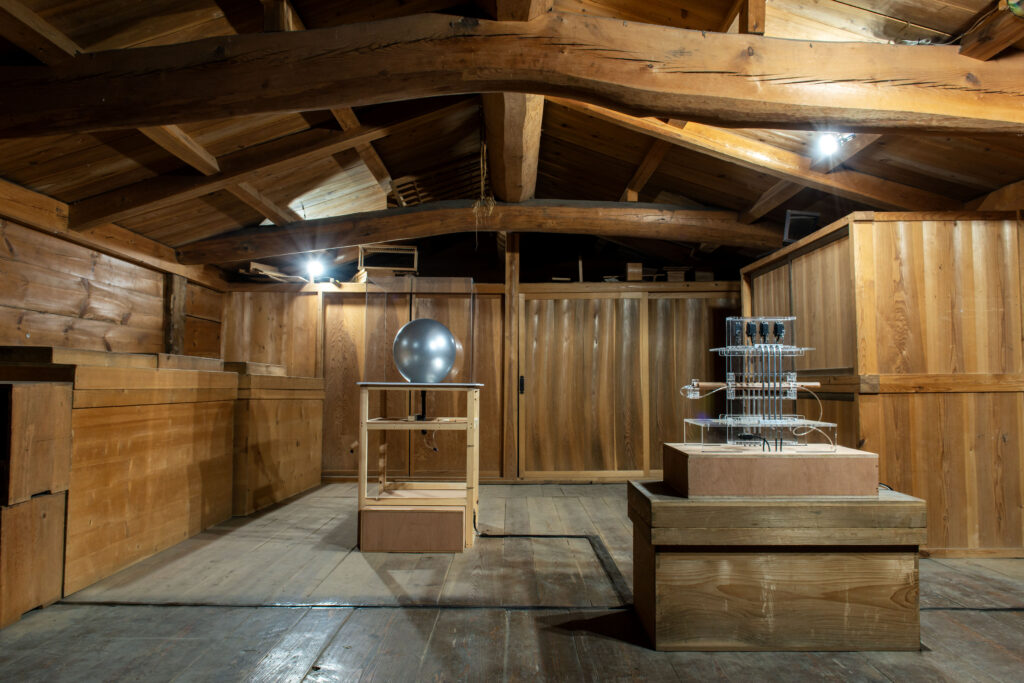
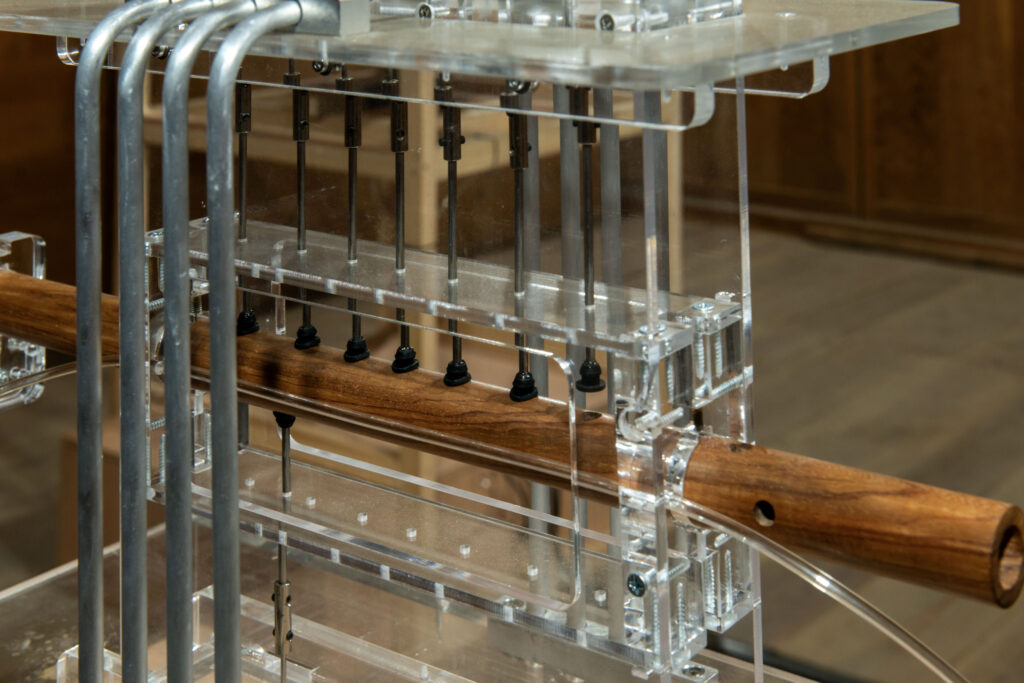
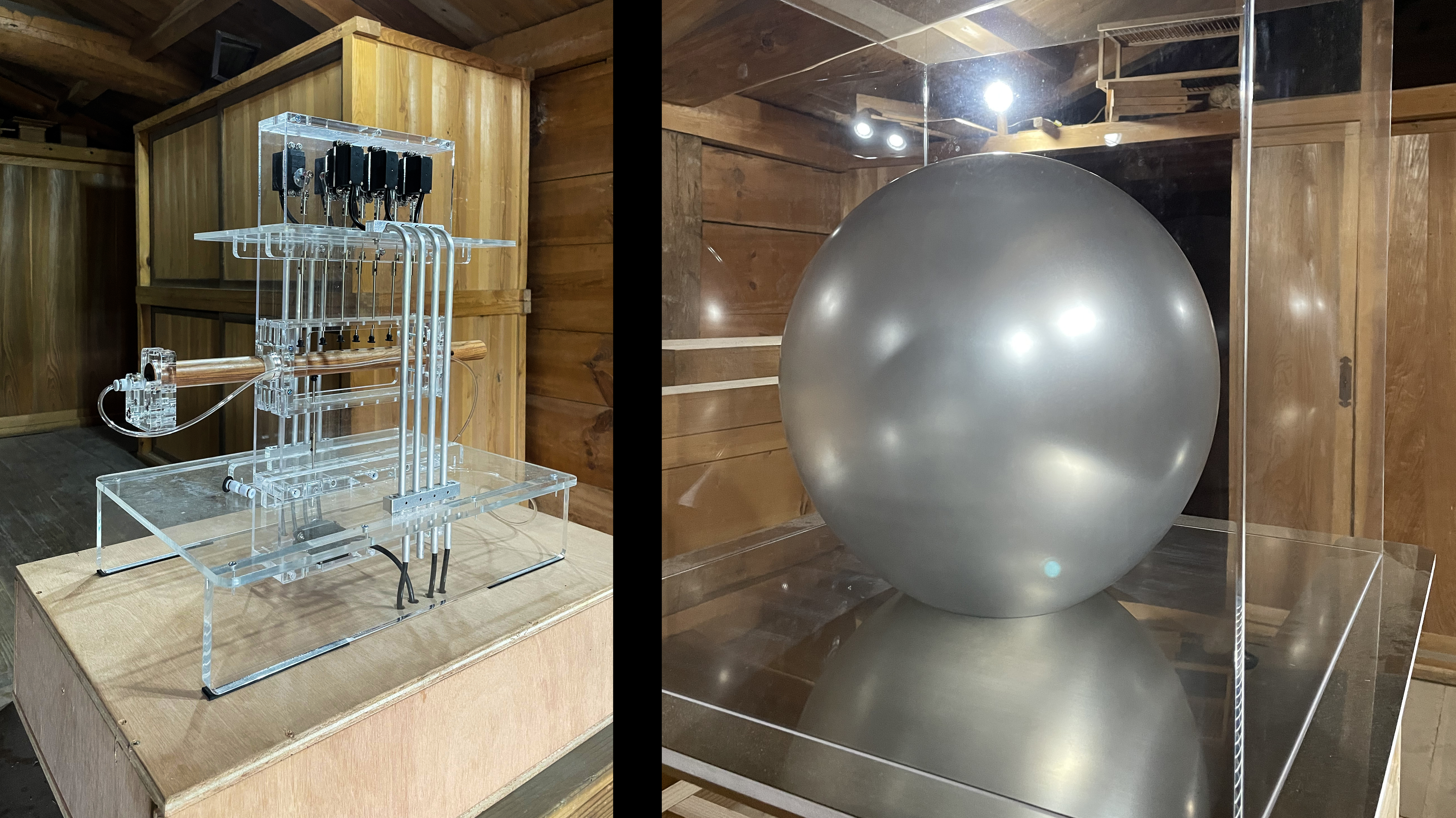
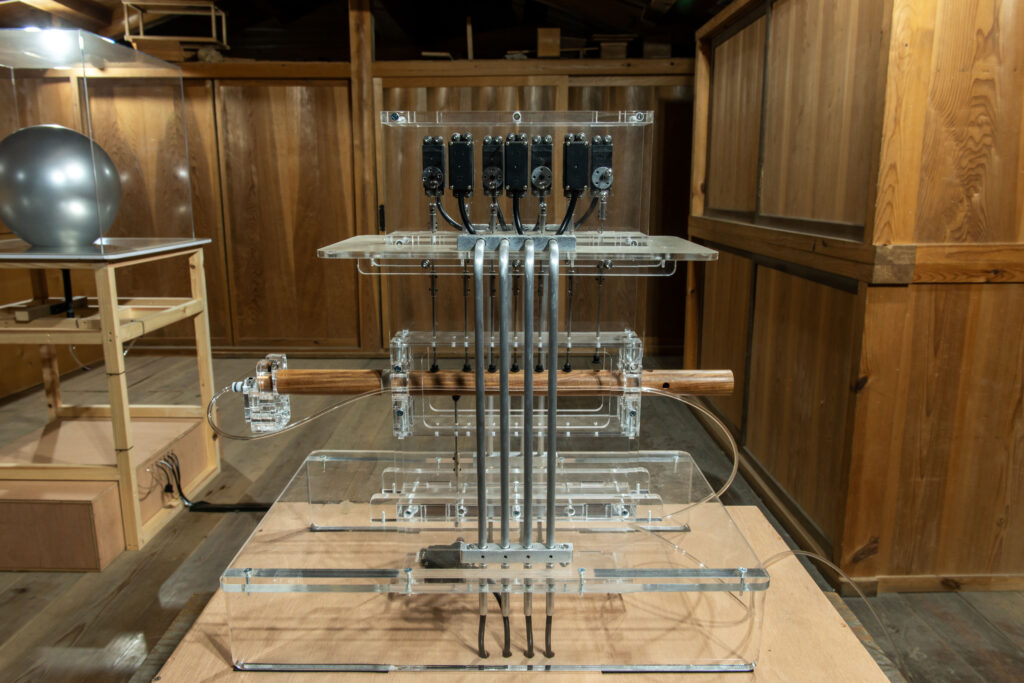

Process :




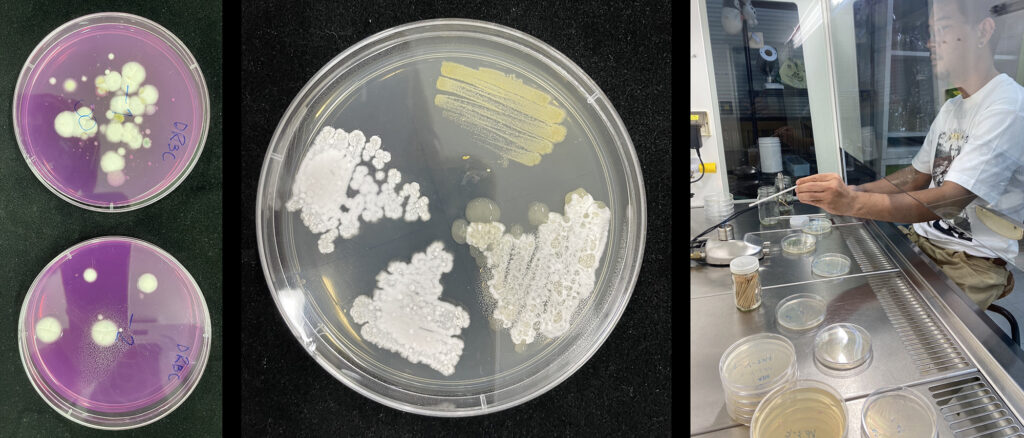

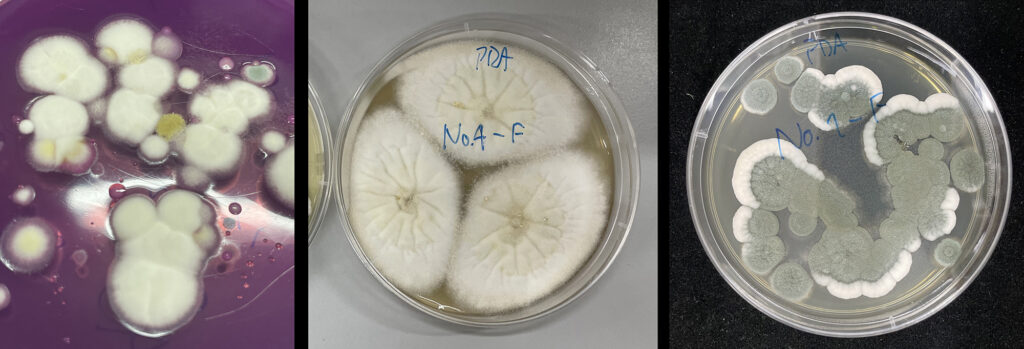


Ribosonic :
